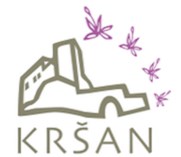Two-part singing and playing in the Istrian scale
Two-part singing and playing in the Istrian scale
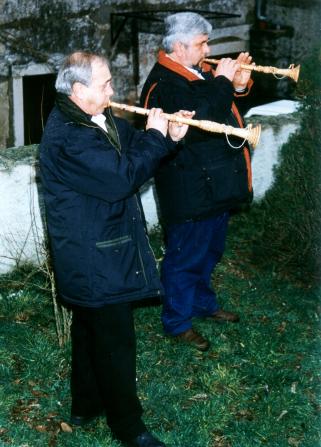
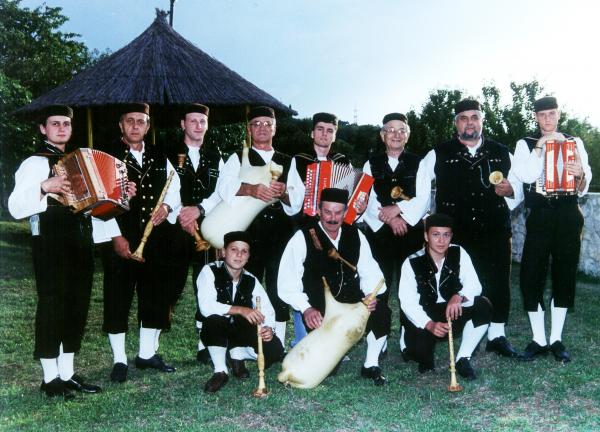
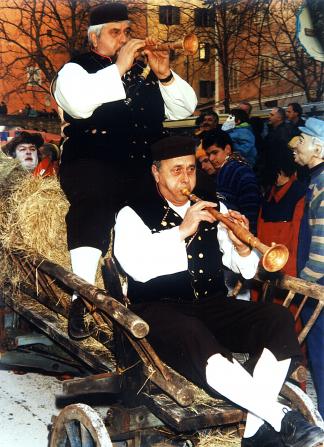
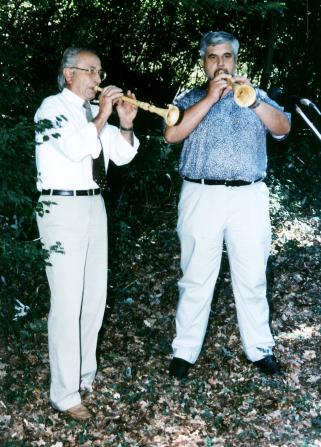
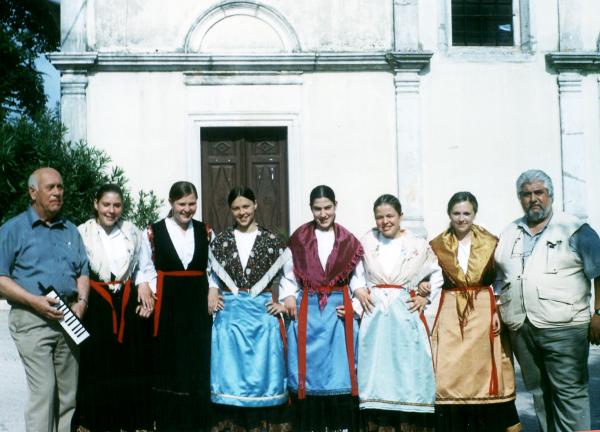
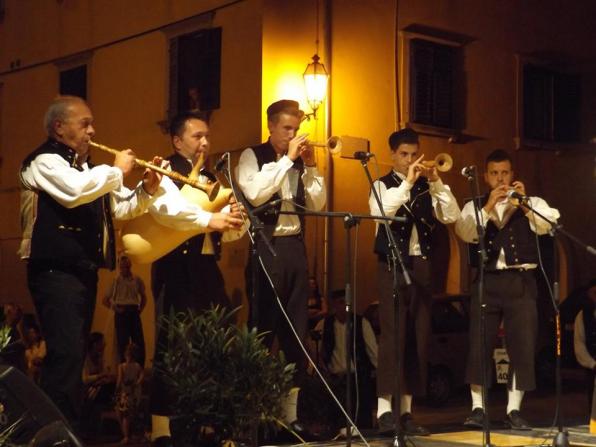
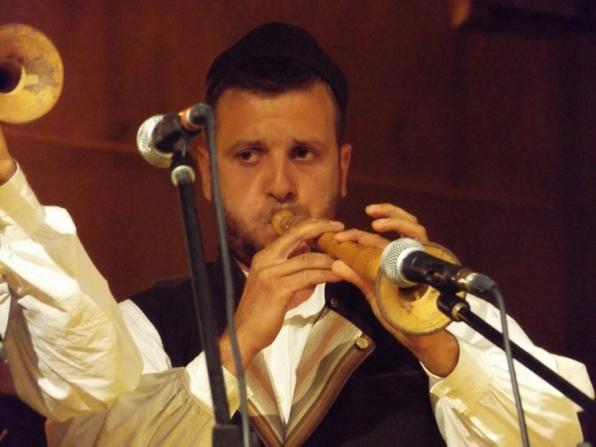
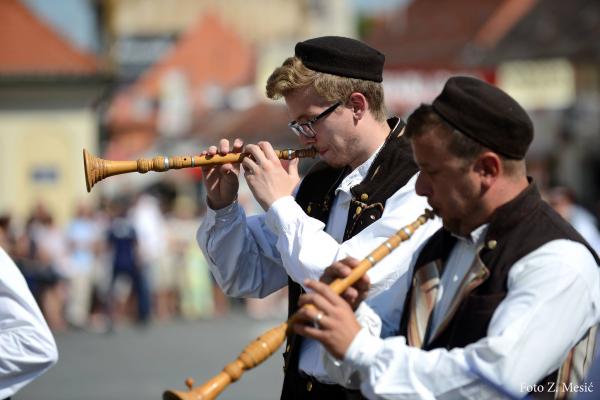

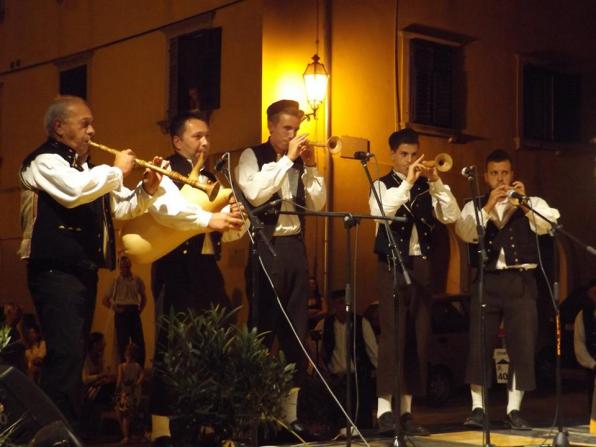
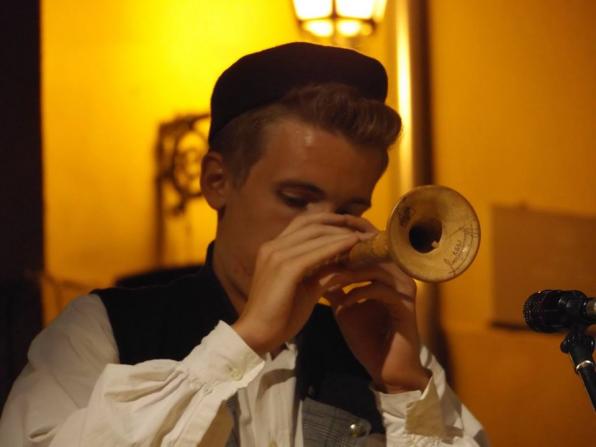
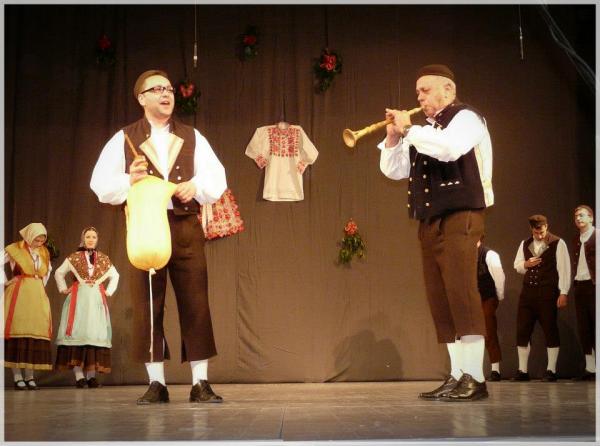
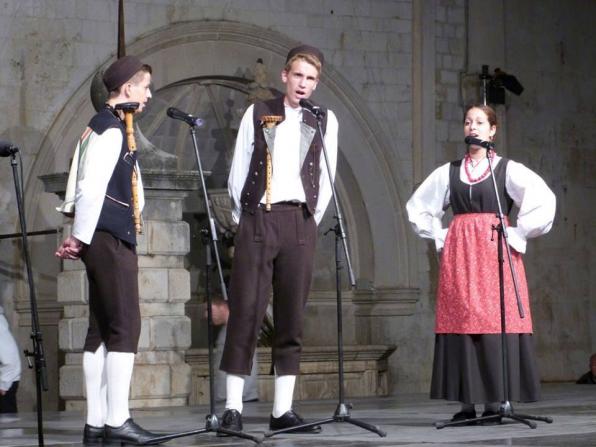
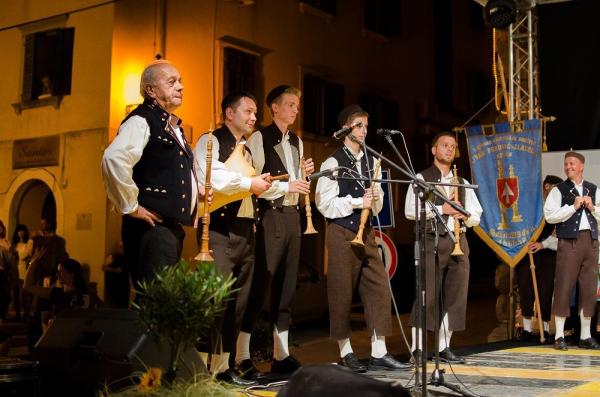
Like this article?
Recommend it to your friends through these services..
Two-part singing and playing in the Istrian scale is a complex style of folk music that can also be found outside the area of Istria and the Croatian Littoral, but it is precisely in that area that it lives most compactly. Basically, two-part singing is based on untempered tonal relationships and the characteristic colour of the tone, which in vocal music is achieved by singing strongly, partly through the nose. Within the narrow intervals of Istria and the Croatian Littoral, four sub-styles can be distinguished by their specific musical features: kanat, tarankanje, bulgarenje and high-pitched two-part singing. Typical musical instruments on which two-part singing of Istria and the Croatian Littoral are performed are: the sopele, sopile, mih, pive, dvojnice, šurle and a two-stringed tambourine (Cindra). Often during the performance in both sections, improvisation and variation take place, but unison endings or endings in the octave remain a strict rule (this characteristic can certainly be observed in the bugarenje style, regardless of the fact that the lower section is further lowered by a second or a minor third). Most tone sequences are composed of four to six tones. Metro-rhythmic, formal structure and text structure range from simple to very complex patterns, and the relationship between music and text is specific. Let us emphasize that two-part singing and playing in the Istrian scale that is typical for Istria and the Croatian Littoral does not only apply to vocal but also to instrumental expression. In 2009, two-part singing and playing in the Istrian scale was included on the UNESCO list of intangible world heritage in Europe.
Today, two-part singing and playing in the Istrian scale in the area of Kršan municipality is nurtured primarily through the work of the Ivan Fonović Zlatela Kršan Cultural and Artistic Society.
